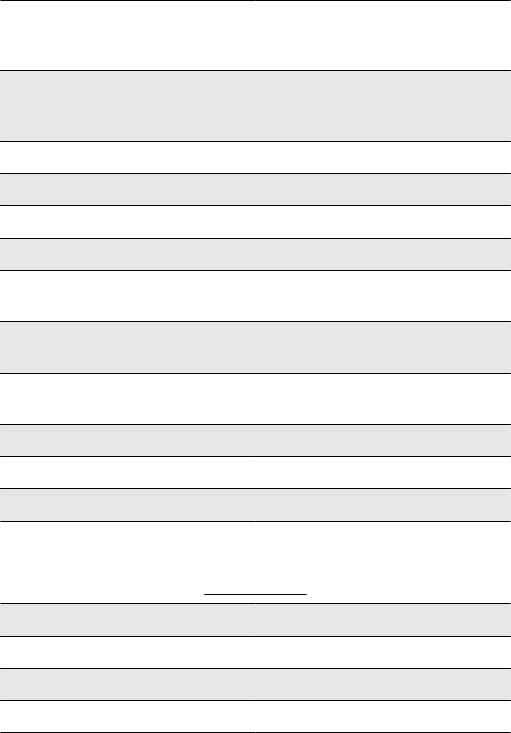INDEX
VEHICLE...................................................................................... 7
Dashboard................................................................................ 9
Analogue instrument panel....................................................... 11
Clock......................................................................................... 12
Digital lcd display...................................................................... 12
Maintenance icons................................................................ 13
*MODE* button...................................................................... 13
Key switch................................................................................. 14
Locking the steering wheel.................................................... 14
Releasing the steering wheel................................................ 15
Switch direction indicators........................................................ 15
Horn button............................................................................... 16
Light switch............................................................................... 16
Emergency flashing light button................................................ 16
Start-up button.......................................................................... 17
Engine stop button.................................................................... 17
Front suspension unlock-lock switch........................................ 17
The immobilizer system............................................................ 18
Keys...................................................................................... 18
Immobilizerdevice enabled indicator led............................... 19
Operation............................................................................... 19
Programming the immobilizer system................................... 20
Saddle opening remote control................................................. 21
Remote control programming................................................ 22
Accessing the fuel tank............................................................. 23
Power supply socket................................................................. 24
The saddle................................................................................ 24
Opening the saddle to access the helmet compartment by
remote control....................................................................... 24
Opening the saddle............................................................... 25
Identification.............................................................................. 26
Bag clip..................................................................................... 26
USE.............................................................................................. 27
Checks...................................................................................... 28
Refuelling.................................................................................. 28
Tyre pressure............................................................................ 30
Shock absorbers adjustment.................................................... 31
Running in................................................................................. 32
Starting up the engine............................................................... 33
Precautions........................................................................... 35
Difficult start up......................................................................... 35
Stopping the engine.................................................................. 36
anello antifurto.......................................................................... 36
Stand......................................................................................... 37
Automatic transmission............................................................. 37
Safe driving............................................................................... 37
Front suspension locking system.............................................. 40
MAINTENANCE........................................................................... 45
Engine oil level.......................................................................... 46
Engine oil level check............................................................ 46
Engine oil top-up................................................................... 46
Warning light (insufficient oil pressure)................................. 46
Engine oil change.................................................................. 47
Hub oil level.............................................................................. 48
Tyres......................................................................................... 50
Spark plug dismantlement........................................................ 51
Removing the air filter............................................................... 52
Air filter cleaning....................................................................... 52
Cooling fluid level...................................................................... 53
Checking the brake oil level...................................................... 55
Braking system fluid top up................................................... 55
Battery....................................................................................... 57
Use of a new battery............................................................. 57
Long periods of inactivity.......................................................... 58
Fuses........................................................................................ 58
Front light group........................................................................ 63
5





















































































